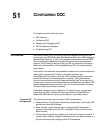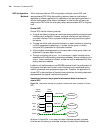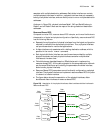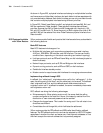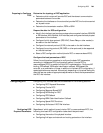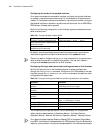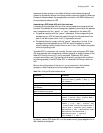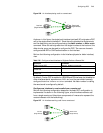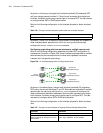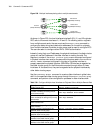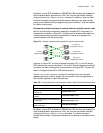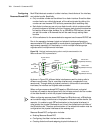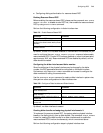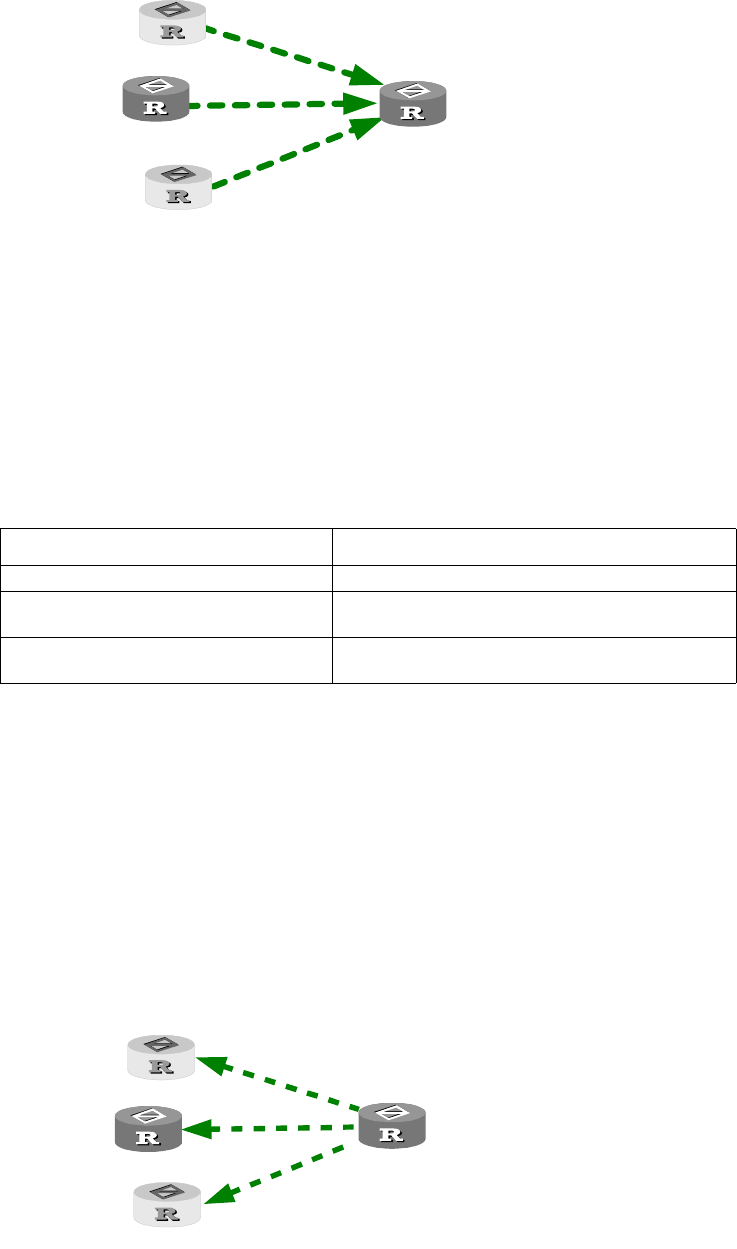
Configuring DCC 713
Figure 226 An interface placing a call to a remote end
As shown in this figure, the single local interface interface0 (if0) originates a DCC
call to the single remote interface if1. Since the call originates at a single remote
end the dialer string can be configured using the dialer number or dialer route
command. When the call originates from the single interface at the local end, the
dialer circular group can be used to configure the DCC. The user can choose to
configure either PAP or CHAP authentication on the interface.
Perform the following configuration in dial interface (physical or dialer interface)
view.
Table 745 Configure a Local Interface to Originate Calls to a Remote End
By default, Circular DCC is enabled on ISDN BRI and PRI interfaces, but disabled on
other interfaces (serial, asynchronous, AUX, etc.) and the user should manually
configure the
dialer enable-circular command. No dialer number for calling
the remote end is configured by default.
Configure an interface to receive calls from a remote end
Perform the following configuration steps after the basic DCC configuration is
implemented. As shown in the following figure, a local interface receives a call
from a single remote end (the picture components of inverse color represent the
routers irrelevant with the networking):
Figure 227 An interface receiving a call from a remote end
Operation Command
Enable Circular DCC dialer enable-circular
Configure a dialer number for calling a
remote end
dialer number [ dial-number ]
Delete the dialer number for calling the
remote end
undo dialer number
Local end
(Single interface)
if0
if1
Remote end
(Single interface)
Local end
(Single interface)
Remote end A
(Single interface)
Router
if0
if1
Router



